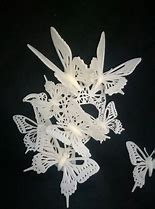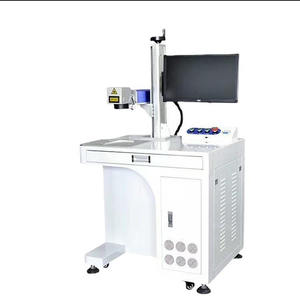**Title: Bend It Like 3D: The Quest for the Most Flexible Printing Material**
(Which 3d Printing Material Is Most Flexible)
Imagine a material that bends, twists, and bounces back like a rubber band. Now picture that material coming out of a 3D printer. Flexible filaments are changing how we create everything from phone cases to robot parts. But which one takes the crown for being the most bendy? Let’s dive into the stretchy world of 3D printing materials.
First up, meet TPU. Short for thermoplastic polyurethane, TPU is like the yoga master of 3D printing. It’s tough, elastic, and handles stress without snapping. Print a TPU phone case, and you can toss your phone across the room—it’ll probably survive. TPU sticks well to print beds, works with most printers, and comes in hardness levels from “squishy stress ball” to “firm shoe sole.” It’s not perfect, though. Printing TPU can feel like wrestling overcooked spaghetti. Too fast, and the print turns stringy. Too slow, and you’ll wait forever.
Next, TPE. Think of TPE as TPU’s stretchier cousin. This stuff is so flexible it feels almost like rubber. Want to print a grip for your tools or a wearable fitness band? TPE bends without breaking, even in freezing temps. But here’s the catch: TPE hates speed. Print too quickly, and it jams. It’s also sticky, making it cling to printer parts like gum on a shoe. Unless your printer is built for flexibles, TPE might test your patience.
Then there’s PLA-based flexible filament. Regular PLA is stiff and brittle, but mix in some elastic additives and you get a softer version. It’s easier to print than TPU or TPE and works in basic printers. The downside? It’s not as durable. Bend it too much, and cracks appear. For low-stress projects like decorative items or kids’ toys, it’s a good starter option.
NinjaFlex is another contender. This specialty filament is super soft, stretching like a rubber band and bouncing back like a trampoline. Print a NinjaFlex watch strap, and it’ll mold to your wrist. The problem? It’s pricey and needs a printer with a direct-drive setup. If you’re serious about flexibility and have the right gear, NinjaFlex is worth the splurge.
So, which material wins? TPU balances flexibility and practicality for most users. TPE and NinjaFlex stretch further but demand better printers and skills. PLA-based options are beginner-friendly but lack longevity. Your choice depends on the project. Need something that survives daily abuse? TPU. Dreaming of a rubber-like prototype? TPE or NinjaFlex. Testing the waters? Start with flexible PLA.
(Which 3d Printing Material Is Most Flexible)
Flexible materials open doors to creativity. Print custom gaskets, shock-absorbing soles, or even soft robotic parts. Each filament has quirks, but mastering them means turning rigid prints into living, bending objects. The future of 3D printing isn’t just hard plastic—it’s materials that move with us.
Inquiry us
if you want to want to know more, please feel free to contact us. (nanotrun@yahoo.com)

